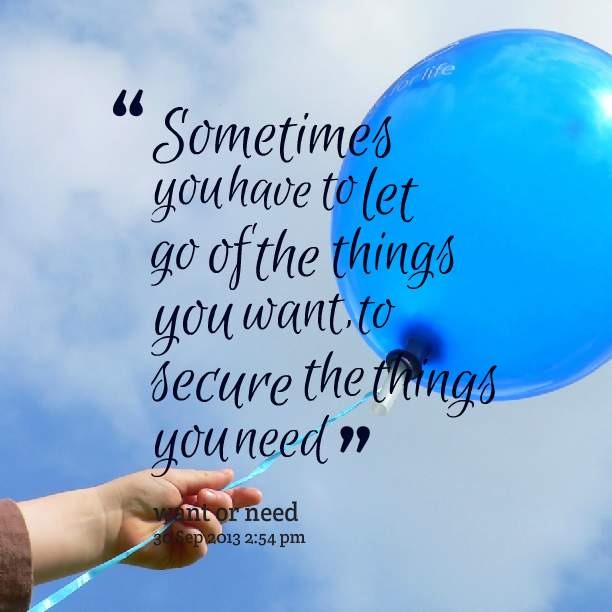Remember that feeling of overwhelm when you open a closet bursting at the seams? Or maybe it's that drawer in your kitchen overflowing with gadgets you haven't touched in years? I used to feel that way all the time. I'd convince myself Ineededthose things, that someday, somehow, they'd be essential. It was a "just in case" mentality that cluttered not just my physical space, but also my mind. What I didn’t realize was the weight those “just in case” items were adding to my life. The constant low-level anxiety of managing all thatstuffwas silently draining my energy. It was time for a change. I needed to let go. And what happened next surprised me.
Reclaiming Space, Reclaiming Peace
My journey to letting go wasn’t an overnight transformation. It started with baby steps, a conscious effort to evaluate each item I owned. I'd ask myself, "Have I used this in the past year? Does it bring me joy? Or am I keeping it just in case?" That last question was key. Once I started being honest with myself, the excess began to shed away.
It wasn't just about decluttering my house; it was about decluttering my mind. Letting go of those "just in case" items freed up mental space. Suddenly, I had more clarity, more focus, and less stress. I found myself embracing a simpler way of living. Instead of being surrounded bythings, I was surrounded by what truly mattered: experiences, relationships, and my own well-being.
The benefits rippled outwards. My home felt more spacious and serene. I spent less time cleaning and organizing, freeing up time for activities I truly enjoyed. My spending habits shifted. I became more mindful of what I brought into my life, opting for quality over quantity. I started to understand that true security doesn’t come from accumulating possessions, but from cultivating inner resilience and resourcefulness. I became more interested in the principles ofslow livingandmindful living.
One of the most profound shifts was in my relationship withstuffitself. I stopped seeing possessions as extensions of myself. I no longer felt the need to hold onto things out of fear of lack. Instead, I embraced the freedom of letting go, trusting that I would have what I needed when I needed it. This extended to even mydigital detoxefforts, as I purged old files and applications I’d been meaning to ‘get to.’
Practical Tips for Letting Go
Start small: Tackle one drawer, one shelf, or one category of items at a time. Don't try to declutter your entire house in a day. Ask the right questions: "Have I used this recently? Does it bring me joy? Would someone else benefit more from this?" Set a "one in, one out" rule: For every new item you bring into your home, get rid of something similar. Donate or sell unwanted items: Give your unwanted items a new life and declutter your space at the same time. Embrace the feeling of freedom:Focus on the positive benefits of letting go, such as reduced stress, increased clarity, and more space.
How does simplifying your day reduce stress?
Simplifying your day means intentionally reducing the number of choices, tasks, and commitments you have to manage. This can involve anything from decluttering your schedule to streamlining your routines. When you have fewer things to worry about, you experience less mental fatigue and overwhelm.Mental clarityincreases. You’re able to focus your energy on what truly matters, leading to a greater sense of calm and control. For example, meal prepping for the week eliminates the daily stress of deciding what to eat, while automating bills ensures you don't miss payments. It’s about being proactive in removing potential stressors from your life.
What are easy ways to live more mindfully?
Mindful livingis about being fully present in the moment, paying attention to your thoughts, feelings, and surroundings without judgment. You can integrate this into your daily life by starting with short meditation sessions, even just five minutes a day. Pay attention to your breath, observe your thoughts without getting carried away, and simply be present. Other easy ways include: savoring your food by eating slowly and mindfully, taking a few moments of silence throughout the day to reconnect with yourself, and practicing gratitude by acknowledging the positive aspects of your life. Even simply noticing the beauty in nature during a walk can be a powerful way to cultivate mindfulness.
Is minimalism the same as simple living?
While often used interchangeably,minimalismand simple living have distinct nuances. Minimalism typically focuses on intentionally owning fewer possessions. It's about reducing clutter and only keeping things that add value to your life. Simple living, on the other hand, is a broader concept that encompasses a wider range of lifestyle choices. It’s about simplifying various aspects of your life, including your relationships, work, and finances. While a minimalist might own only a few carefully chosen items, someone practicing simple living might prioritize experiences over possessions, even if it means owning more things. Minimalism can be a tool for achieving simple living, but simple living is a more holistic approach.
Letting go of "just in case" items isn't about depriving yourself; it's about creating space for what truly matters. It's about reclaiming your time, energy, and peace of mind. It’s about shifting your focus fromhavingtobeing.
I know it can be daunting at first, but trust me, the rewards are worth it. Take a look around your home. What's one small thing you can let go of today? Maybe it's that chipped mug you never use, or that stack of magazines you've been meaning to read. Start there, and see where the journey takes you. You might be surprised at how much lighter you feel.
